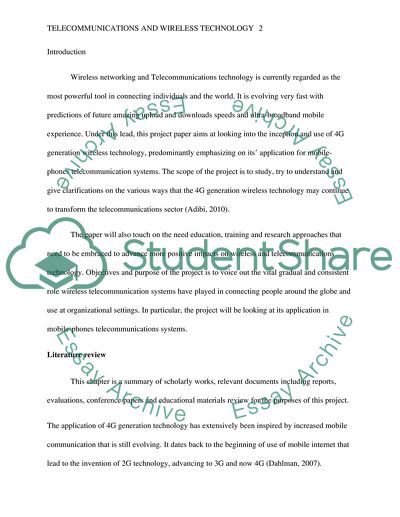Cite this document
(Telecommunications and Wireless Technology Research Paper, n.d.)
Telecommunications and Wireless Technology Research Paper. Retrieved from https://studentshare.org/technology/1798865-telecommunications-and-wireless-technology
Telecommunications and Wireless Technology Research Paper. Retrieved from https://studentshare.org/technology/1798865-telecommunications-and-wireless-technology
(Telecommunications and Wireless Technology Research Paper)
Telecommunications and Wireless Technology Research Paper. https://studentshare.org/technology/1798865-telecommunications-and-wireless-technology.
Telecommunications and Wireless Technology Research Paper. https://studentshare.org/technology/1798865-telecommunications-and-wireless-technology.
“Telecommunications and Wireless Technology Research Paper”, n.d. https://studentshare.org/technology/1798865-telecommunications-and-wireless-technology.


